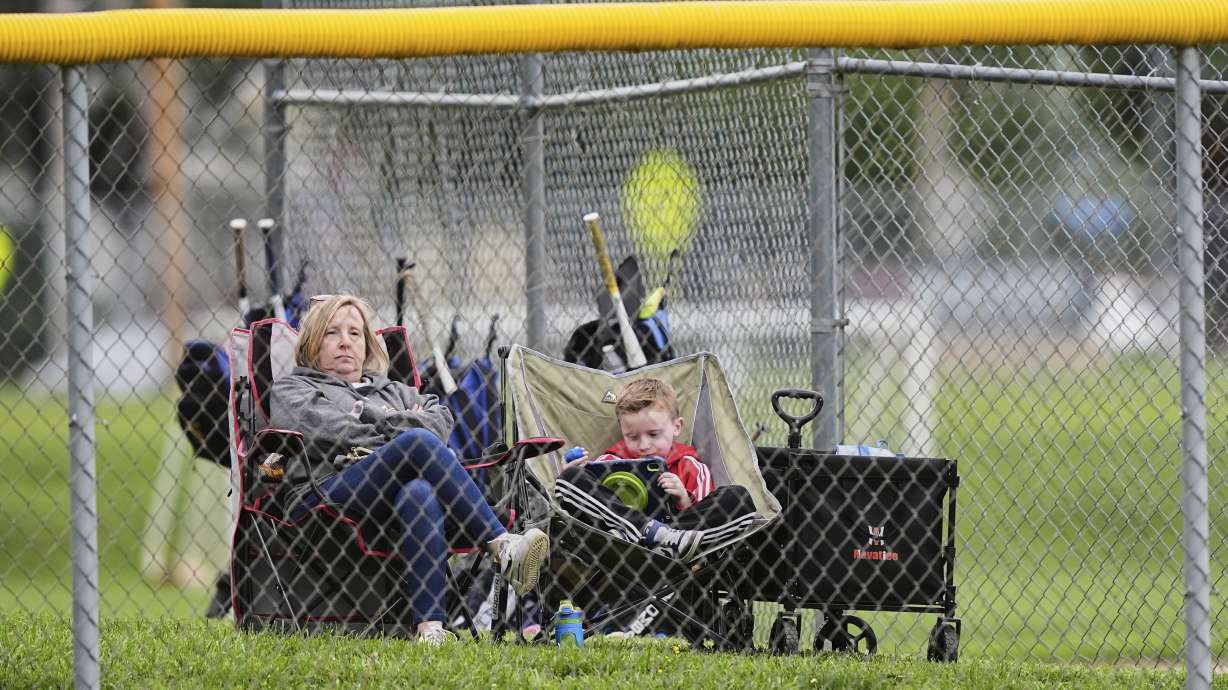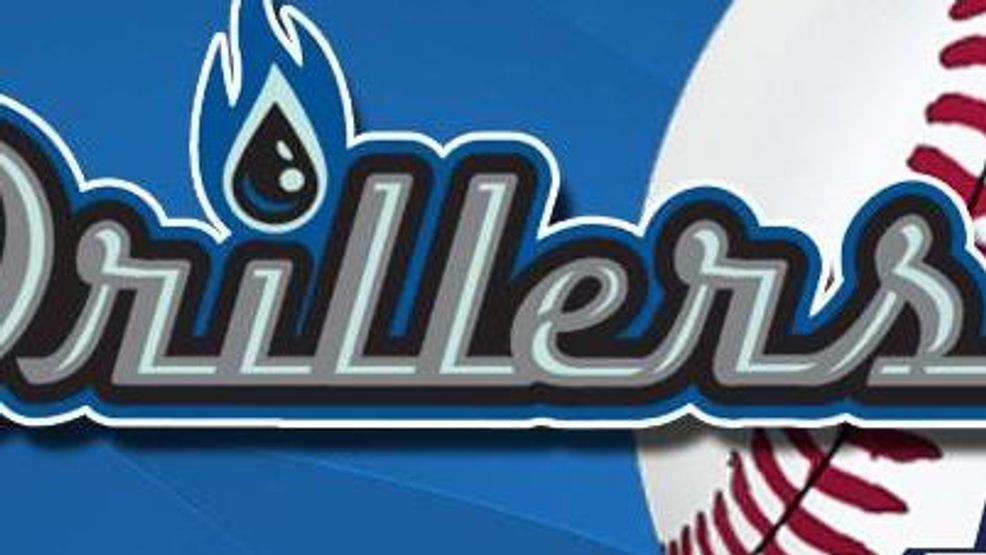The Lakeshore Foundation has received a $100,000 grant from ESPN’s inaugural Take Back Sports Innovation Challenge.
Take Back Sports is a new youth sports initiative created by ESPN and Disney to expand access to sports for youth. They launched their official website on Monday.
On top of ESPN’s $5 million charitable investment in the program to reimagine youth sports, ESPN announced the Take Back Sports Innovation Challenge at the Aspen Institute’s Project Play Summit in March. Through cutting-edge training models, inclusive programming and community-rooted solutions, the Innovation Challenge aims to spotlight approaches that reimagine how kids engage with sports — fostering a more accessible and positive youth sports experience for all. ESPN doubled its original investment from $50,000 to $100,000 per grant in response to more than 150 compelling applications from across the country, and the Lakeshore Foundation was named as one of 10 recipients.
Lakeshore’s Super Sports Saturday pilot will bring inclusive, Paralympic-style sports to youth with physical disabilities in underserved areas of Alabama. As the only multi-adapted-sports organization in the state and a national Paralympic training hub, Lakeshore is uniquely equipped to deliver high-impact, free programming that blends fun, fitness and skill development. With ESPN’s support, the pilot will host five events in Montgomery, train local mentors and lay the foundation for a scalable model that creates access, independence and a culture of multi-sport play for youth with disabilities across the Southeast.
This year’s other Take Back Sports Innovation Challenge recipients include:
- The Center for Healing and Justice through Sport (CHJS) received a grant for Collective, a first-of-its-kind digital credentialing platform that brings visibility, accountability and trust to youth sports coaching. Developed in partnership with RAIS3 Partners, Collective allows families and organizations to see who’s coaching their children, what training they’ve completed, and whether they’re equipped to foster safe, inclusive environments. With ESPN’s support, CHJS will onboard 2,500 coaches, parents and programs in Boston — making it the first fully “trackable” city for coach credentials — setting a new national standard for quality, transparency and equity in youth sports.
- City Parks Foundation’s impactful “Everyday Play” program delivers free, daily, multi-sport programming to underserved youth in New York City parks. By offering equitable access to tennis, soccer, track & field, golf, and more — along with trauma-informed coaching, career pathways for alumni, and extended summer play — CityParks is addressing systemic barriers to youth sports while keeping kids active, engaged, and supported where they live. This grant will directly fund operations at Kaiser Park in Brooklyn, serving children with high needs and helping sustain a proven, community-rooted model that prioritizes fun, health and opportunity for all.
- Let Her Play has a proven, scalable model that connects young girls with collegiate female athletes to inspire sports participation and leadership. They uniquely address the gender gap through a groundbreaking “Playing the Long Game” initiative that empowers former athletes as fun-focused youth coaches and mentors to keep girls engaged longer in sports. Their data-driven, community-rooted approach tackles critical participation drop-off and creates lasting impact by fostering role models who reflect and motivate the next generation.
- Mudsock Youth Athletics received a grant for its commitment to keeping teens engaged in community-based sports by making play fun, inclusive, and youth-driven. Through its “Mudsock Way” initiative, the organization is training coaches and expanding its Youth Action Board to ensure teen voices are centered in shaping programs — using the grant to deepen that youth leadership model and reduce burnout and attrition in year two.
- The Official Leadership Network (OLN) uses a pioneering scalable, tech-driven solution to one of youth sports’ most urgent challenges: the critical shortage of trained officials — especially in underserved communities. Through a strategic partnership between UMPS CARE Charities, Sports Officials Care and RefReps, OLN is building a diverse pipeline of high school students trained not only in officiating fundamentals but also in life and leadership skills. With ESPN’s support, OLN will digitize its proven curriculum into engaging, multi-sport video modules — transforming officiating into a gateway for youth employment, confidence and long-term civic leadership.
- Philadelphia Youth Sports Collaborative (PYSC) earned a grant for its transformative Game On Philly! initiative, which places trained community coaches and AmeriCorps members directly into neighborhood recreation centers to deliver high-quality, trauma-informed sports programming. The program’s innovative partnership with Philadelphia Parks & Recreation ensures scalable, sustainable recreation for youth ages 6–14 where they live, play and grow.
- Shriners Children’s Portland creates lifelong athletes by proactively addressing injury prevention, sport burnout and early specialization. Leveraging its expertise as a nationally recognized pediatric orthopedic hospital, the organization will lead educational workshops and hands-on injury prevention programming for coaches and parents across Portland, equipping key community stakeholders with tools, resources and expert-led guidance. With ESPN’s support, Shriners will launch this first-of-its-kind effort in the region, helping ensure young athletes stay healthy, engaged and active in sports for years to come.
- Volo Kids Foundation has an innovative, equity-centered approach to expanding youth sports access in under-resourced communities nationwide. By leveraging a unique partnership with its for-profit arm, Volo Sports, the organization activates a sustainable pipeline of trained volunteer coaches to lead free, multi-sport programming across eight cities. With a proven track record of engaging over 70,000 children and 15,000 volunteers, Volo Kids addresses both physical activity gaps and youth mental health challenges, while building character, confidence and community — making it a scalable and impactful model for reimagining accessible youth sports in America.
- Women’s Coaching Alliance is tackling two major issues in youth sports: the lack of female coaches and the shortage of available coaches overall. Through its “Coach Today, Lead For Life” program, WCA is expanding a proven model that trains and pays young women to become leaders and role models in their communities — helping more kids, especially girls, stay in the game while creating a more equitable and sustainable coaching pipeline.
































































